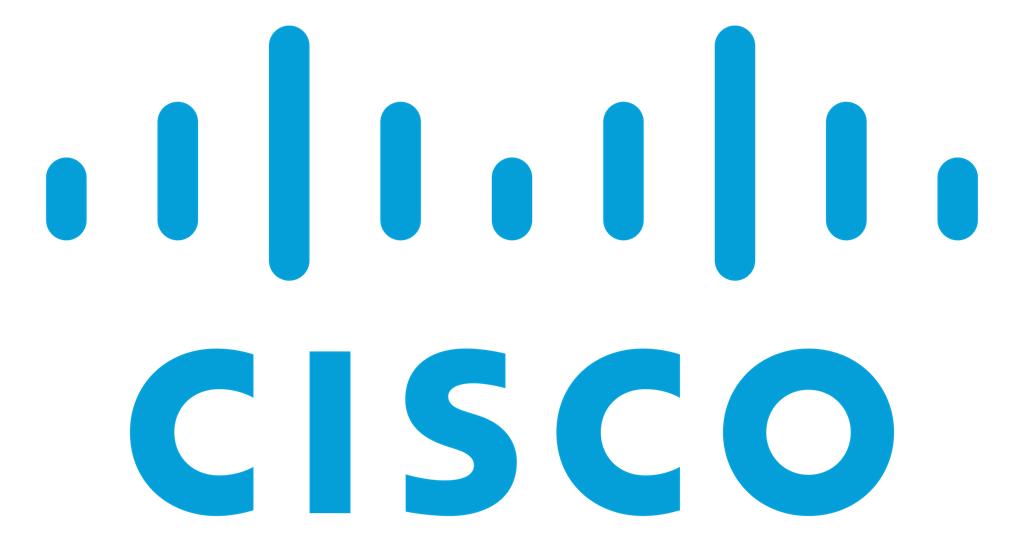
In the world of computer networking, there are several popular brands of hardware and software that are commonly used for network configuration and management. Three of the most popular brands are MikroTik, Cisco, and UniFi. In this blog post, we will explore the basics of each of these brands and their configuration options.
MikroTik Configuration
MikroTik is a Latvian company that produces network hardware and software, including routers, switches, and wireless systems. One of the main advantages of MikroTik devices is their powerful and customizable operating system, RouterOS. With RouterOS, you can configure your MikroTik device to perform a wide variety of functions, from basic routing to complex VPN setups.
To configure a MikroTik device, you will need to access its management interface through a web browser. Once you log in, you can use the RouterOS CLI (Command Line Interface) or the graphical WinBox tool to configure your device. The configuration options include everything from basic network settings to advanced firewall rules and routing protocols.
Cisco Configuration
Cisco is one of the largest and most well-known networking companies in the world. Cisco devices are used by many organizations, from small businesses to large enterprises. The Cisco IOS operating system is the standard for Cisco devices and is known for its reliability and security.
To configure a Cisco device, you will need to access its management interface through a console cable or telnet/SSH connection. Once you log in, you can use the IOS CLI (Command Line Interface) to configure your device. The configuration options include everything from basic network settings to advanced routing protocols and security features.
UniFi Configuration
UniFi is a brand of networking hardware and software developed by Ubiquiti Networks. UniFi devices are known for their simplicity and ease of use, making them popular with home users and small businesses. The UniFi Controller software is used to manage UniFi devices and provides a centralized dashboard for network configuration and monitoring.
To configure a UniFi device, you will need to install the UniFi Controller software on a computer or server. Once you have the software installed, you can use the graphical interface to configure your device. The configuration options include everything from basic network settings to advanced guest network features and VLAN tagging.
